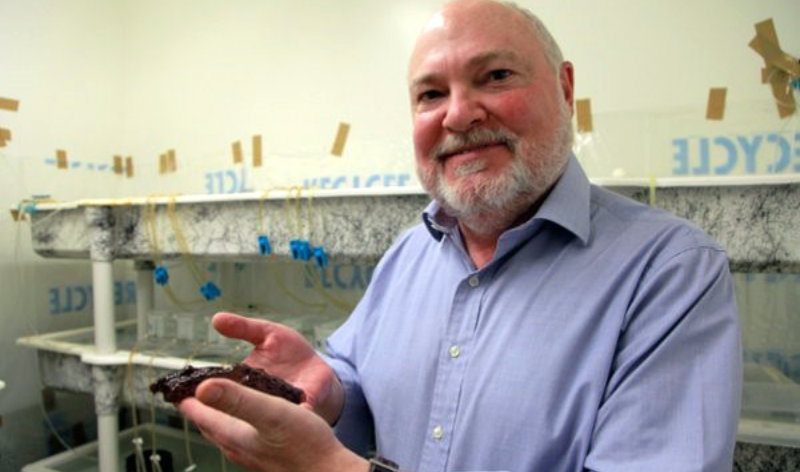https://www.mdlinx.com/internal-medicine/article/1669/ZZAF72E07C6C4247E380635C1AA50F40FA/?
John Murphy, MDLinx | May 14, 2018
It sounds like something out of the sci-fi thriller Inception. Neurobiologists at the University of California, Los Angeles (UCLA) reported transferring a long-term memory from a trained sea snail to an untrained sea snail by removing RNA from the nervous system of the trained snail and implanting it in the untrained one. After the transfer, the untrained snails displayed the behavior of the trained snails, the researchers recently reported online in the journal eNeuro.
The results of the study show not only that memories can be transferred from one organism to another, but also that RNA could be used to enhance or suppress memories, the researchers predicted.
If supported by further research, the finding would be the first evidence of an engram—the physical substrate of memory. And it would upend the current concept of where memory exists in the brain.
The prevailing theory holds that engrams for long-term memory are constructed in the synapses between neurons. As an organism learns, these connections bulk up. The stronger the connection, the better the memory, or so the theory goes.
“Until a few years ago, I implicitly accepted this model for memory,” David Glanzman, PhD, UCLA professor of neurobiology, told ScienceNews earlier this year. “I don’t anymore.”
Dr. Glanzman, the lead investigator of the current study, now espouses the idea that noncoding RNA can create an epigenetic engram for long-term memory.
To test this hypothesis, Dr. Glanzman and his team trained several California sea hares (Aplysia californica) to respond to electrical shocks to their tails, which triggered an involuntary defensive reflex. This produced long-term sensitization and, presumably, an engram in the trained snails.
The researchers extracted RNA from the central nervous system of both trained snails and untrained (control) snails, and injected the RNA into separate groups of untrained snails. When these snails were shocked, the involuntary reflex was significantly greater in the snails that received the trained snail RNA.
Dr. Glanzman’s team also performed in vitro studies in which they applied RNA from trained snails to cultured sensory neurons of untrained ones. The neurons’ activity mimicked those of sensitized snails.
“The cellular changes observed after exposure of cultured neurons to RNA from trained animals significantly strengthens the case for positive memory transfer in our study,” the authors wrote.
The findings raise the possibility that RNA could be used to modify memory, the researchers concluded.
“The discovery that RNA from trained animals can transfer the engram for long-term sensitization in Aplysia offers dramatic support for the idea that memory can be stored nonsynaptically, and indicates the limitations of the synaptic plasticity model of long-term memory storage,” Dr. Glanzman and coauthors wrote. “In addition, our results suggest that RNA could eventually be used to modify, either enhance or depress, memories.”
This study was funded by National Institute of Neurological Disorders and Stroke, National Institute of Mental Health, National Science Foundation, and Fyssen Foundation.

No comments:
Post a Comment